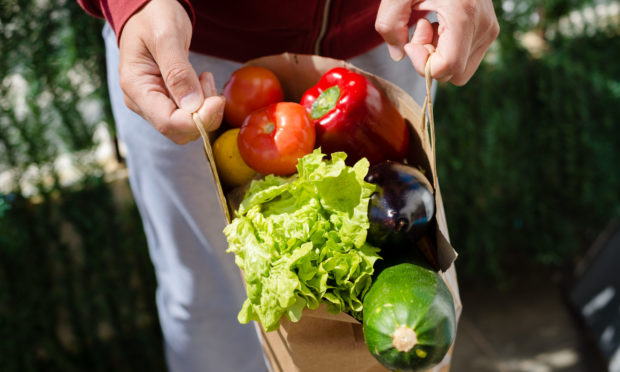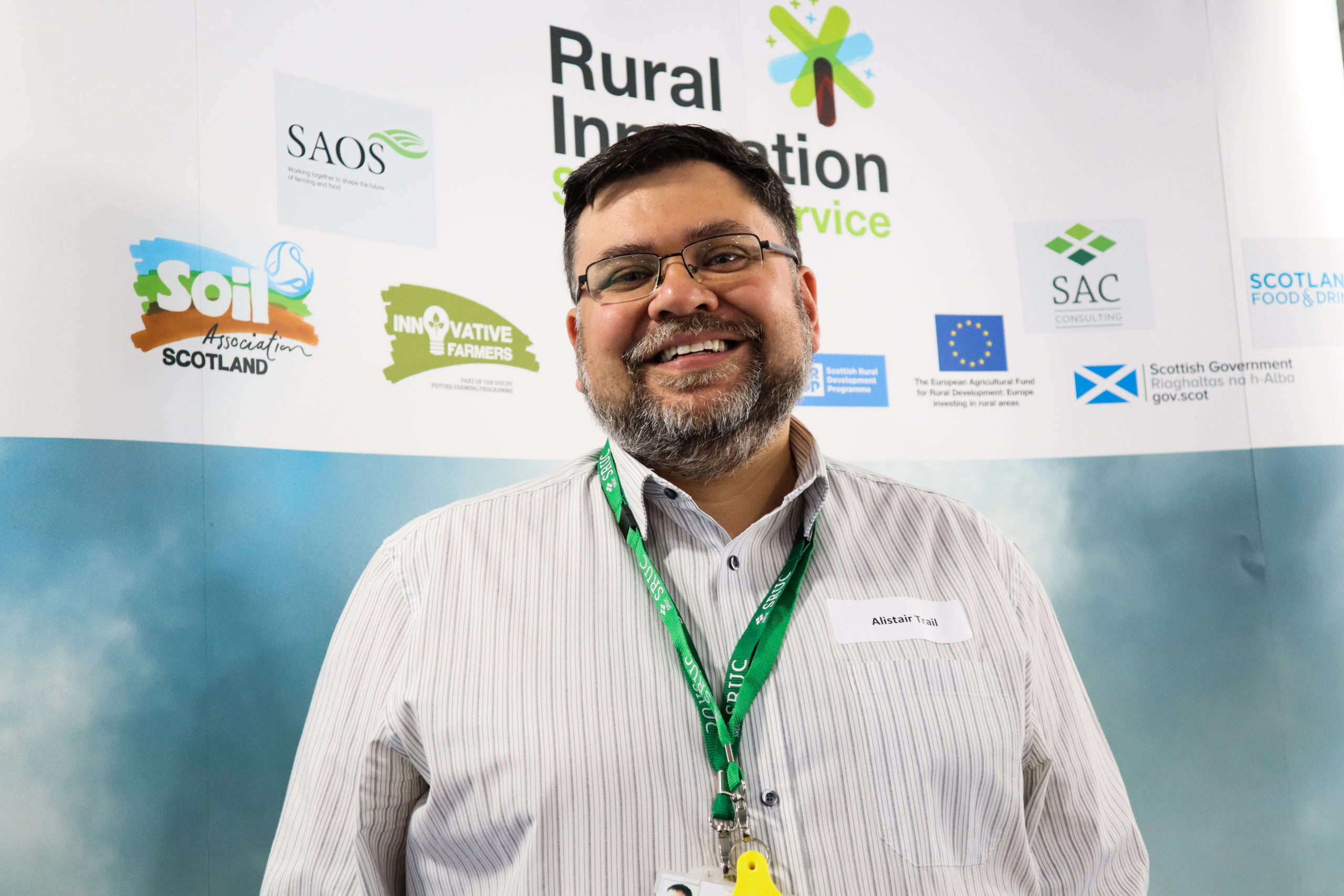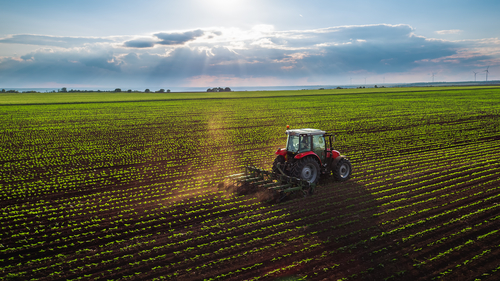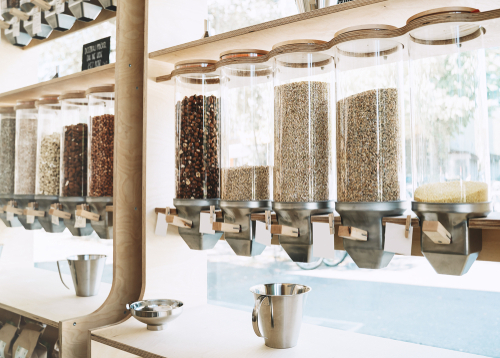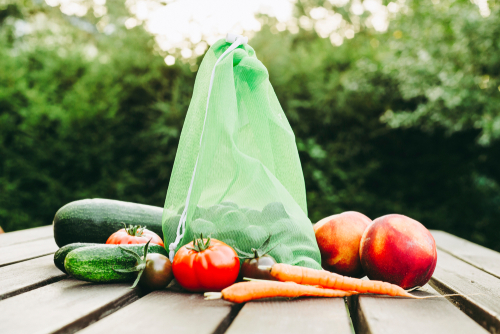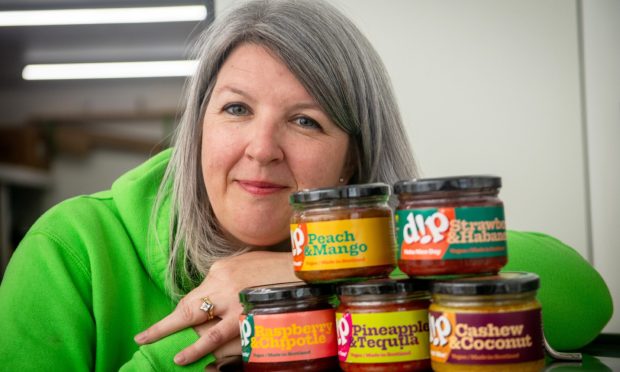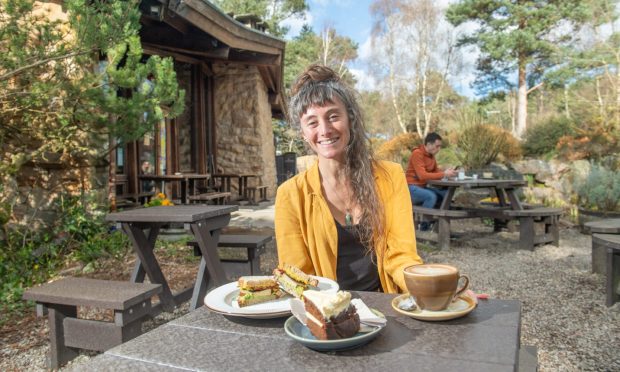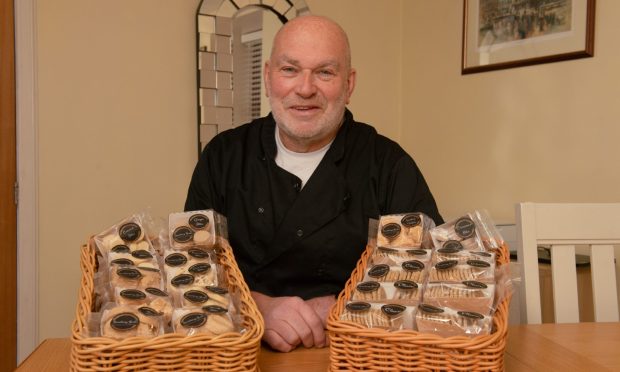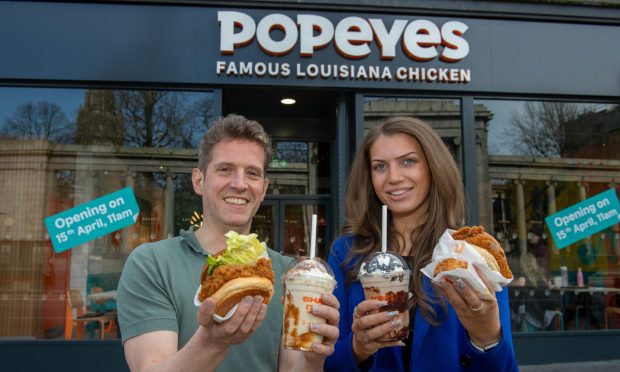It’s not just our health the global pandemic has left us thinking about, we’re also looking at what we put in our bodies and where it comes from, according to research.
Sustainability is a word which, for the past year or so, has very much been at the centre of the food and drink industry.
With supply chains, packaging and air miles all now being closely monitored by consumers, it is no wonder supporting local businesses and seeking out sustainable brands is something they are now actively pursuing.
SAC Consulting, part of Scotland’s Rural College (SRUC), says the Covid-19 pandemic may be at the heart of the nation’s health and economic recovery with accelerating sustainable food trends like transparency, local sourcing and “immunity eating” being big talking points across the country.
Recent reports show that these three examples are key drivers for consumer purchasing decisions, which provides opportunity for both the wider industry and food and drink producers to help rebuild the economy on green credentials, says Alistair Trail of SAC Consulting’s Food and Drink team.
And while the virus may have made us think twice about our health, it has also been a major player in consumers recognising where we get our food from, how safe it is, and the impacts it may or may not have on the environment.
“Given the sweeping change and extraordinary circumstances created by the Covid-19 pandemic, it would be easy for consumers to cast aside concerns for the environment and sustainability, but the pandemic has in fact highlighted the value of sustainable food systems, our natural economy and of green technologies,” said Alistair.
“We are seeing rising consumer interest in buying healthy, nutritious food produced with minimal impact on the environment. There is an opportunity here to channel the significant resources needed to get the economy back on track in a way that is consistent with the transition to a more sustainable future.”
In a recent interview, head of sustainability at Kerry Group, Juan Aguiriano outlined that the main consumer trends developing post Covid-19 are food safety, trust and transparency.
When it comes to the safety of their food, three quarters of consumers want to know more about it and 51% of consumers want to understand more about what is in their food. Nearly half (48%) of consumers are ready to pay more for local foods and those brands that emphasise provenance and local supply chains.
And while many people are looking closer to home when it comes to changing their purchasing habits and supporting local suppliers, the environmental impacts businesses have on the world, especially around climate, energy and carbon are also proving to be popular factors when it comes to buying ingredients.
In March, analysis and research company GlobalData reported that 45% of consumers actively buy products that are better for the environment.
This is a trend accelerated by Covid-19 according to the Kerry Group, who said that 50% of consumers, which is a new record high, are looking to consume more responsibly when it comes to the food on their plate.
A good example of this is plant protein, with consumers perceiving it as having a much more positive impact on the environment.
“These are longstanding trends that are now being accelerated by Covid-19,” said Alistair.
“The implications for food producers and manufacturers are investing in clear labelling as well as reformulating with natural ingredients, locally sourced where possible, rather than using artificial ingredients and chemicals – which could and should in turn support Scotland’s rural economy.”
Larger brands are also using this extra consumer understanding to market their products using Life Cycle Analysis – which calculates the environmental impact of a product during its use – and comparing products against high energy and high water usage alternatives.
Another new trend which has been established and linked to the coronavirus outbreak is the rise of the “immunity consumer” who is looking for food that offers benefits to their immune system. Previously consumers may have looked at vitamin tablets, pills, nutritional bars or health shots but now it is incorporated in food products that are far more mainstream.
He said: “One third of UK consumers are proactively looking for ingredients that can help their immunity including traditional unfashionable ingredients eaten a modern way. We have worked with companies creating drinks from the very nutritious coastal plant, sea buckthorn, or introducing vitamin-packed seaweed into savoury biscuits.”
One challenge the industry still faces is the affordability and cost of these local products which are more environmentally-friendly, and potentially more beneficiary to long-term health. Alistair believes now is the opportunity to re-set how disadvantaged people are supported within their local communities in accessing nutritious, sustainably produced food.
Alistair added: “The Covid-19 emergency is causing an economic crisis, so it is important that these products are no longer niche and are affordable to the general population. Manufacturers can make great-tasting healthy food economical by taking a different distribution model than the one traditionally used by the health food market.
“As job losses increase and food banks report rising demand, we’ve seen an admirable surge in effort from the agriculture sector, food and drink businesses, voluntary organisations and communities to prevent hunger – but these groups need more support.
“With several charities facing cash shortfalls there is a huge opportunity to reduce the bureaucratic barriers that prevent them from accessing surplus food. Investing in community organisations and food cooperatives will be crucial to people’s health and wellbeing and sustainability in general as we recover from this crisis.
“This kind of joined-up approach should lay the foundations for a fundamental rethink of our food system. If we are to build a truly sustainable food future, the best evidence shows we must shift to a more sustainable and circular economy.”
For more food and drink news…
Aberdeenshire farm features in Pharrell Williams and Jay-Z’s new music video
With a health buzz around honey for treating coughs, colds and more, here’s why local is best
